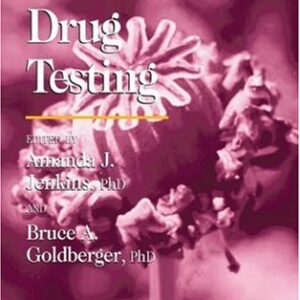Interest and research in urinary enzymology were incited about three decades ago by reports that urinary enzymes are elevated in diseases of the kidney and urinary tract. Of the more than 40 hydrolases, oxidoreductases, transferases, and lyases identified in human and animal urine, only ten or so are being used as diagnostic indicators. Recognition of the quantitative distribution of enzymes in the various anatomical and functional parts of the nephron and advances in our understanding of the handling of proteins by the kidney have made it possible to associate urinary enzyme activity patterns with physiological and pathophysio? logical functions of the nephron. Confidence in the diagnostic value of urinary enzymes is not unanimous among clinicians and among scientists. The main reason for the difference in opinion may well be that the variability in data exceeds the variability one is accustomed to in the diagnostic enzymology of blood plasma enzymes. In contrast to plasma enzymes, which are protected by an “enzyme friendly” milieu, enzymes released into the urine encounter an “enzyme hostile” environ? ment: no or little protective protein, variable pH, variable volume, variable metabolite and salt concentrations, variable concentrations of enzyme in? hibitors. Through advances in methodology some of these factors can now be controlled; standardization of urine collection periods and preanalytical treat? ment are as important as optimization of assay methods.
Medicine
[PDF] Urinary Enzymes: in Clinical and Experimental Medicine H. Mattenheimer, U. Burchardt (auth.), Docent Dr. sc. med Klaus Jung, Prof. (emer.) Hermann Mattenheimer M.D., D.Sc, Prof. Dr. sc. med Ulf Burchardt (eds.)
$9.99






Reviews
There are no reviews yet.